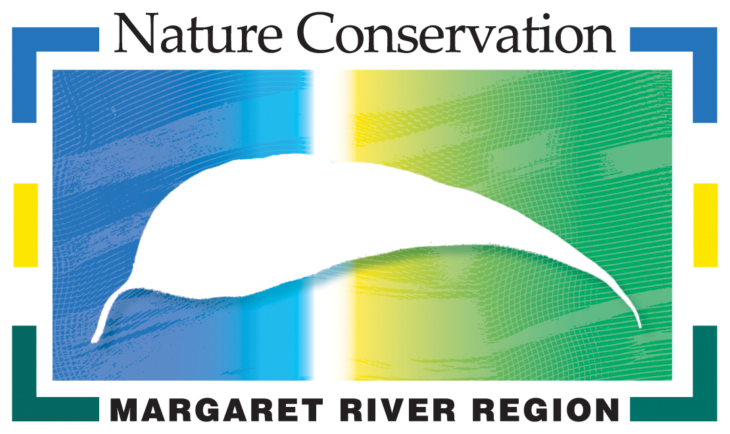They might only be 10 years old but these citizen scientist students from Margaret River Primary School are working on a new app to help beach-goers identify hundreds of species of marine plants and animals.
This week the Year 5 class explored Prevelly’s Back Beach, discovering an incredible wealth of wildlife in the intertidal zone, from anemones to crabs, molluscs, sea urchins and gastropods. Then, they got to know different types of seaweed and algae at the high tide mark, and devised a unique way to film underwater using floats to avoid getting wet.
The students were joined by University of Western Australia PhD students Oceane Attlan and Tom Tothill, alongside Nature Conservation project officer Tracey Muir and marine biologist Kim Lema from Educational Marine Areas Australia.
It’s all part of a new marine program called Waatu Kaatijin or “ocean learning” run by Nature Conservation and EMA Australia, where students become citizen scientists and work with coastal and marine experts to become stewards for Australia’s first Educational Marine Area here at Margaret River. They carry out marine and coastal surveys, identify threats, meet with stakeholders, devise solutions, put them into practice and share the learning with the community.
The students’ next challenge as part of the program will be to begin to plan and develop the app, which could allow users to identify crabs, gastropods or types of seaweed, as well as to add to the database.
“The students were so blown away by the amazing diversity of what they found at Back Beach, they decided an app could be a great way to encourage everyone to take notice of the biodiversity, take photos and learn what local species we have,” says Tracey Muir. “Nothing like it exists for marine life found on our Capes coast, so what an amazing innovation it would be!”
Meanwhile, a second MRPS class hit the beach to learn about rock pools and the life within them at Fraggle Rock near Rivermouth Beach, spotting eyeball-sized anemones. They plan to develop a recipe for rock pool health.
EMA Australia co-founder and marine biologist Dr Kim Lema, who is also coordinating the Waatu Kaatijin program, said the students relished the chance to learn from the UWA researchers in a program designed to inspire them about the coast and empower them with the tools to help protect it.
First started in the Marquesas Islands a decade ago, the EMA concept has become hugely successful, with school children acting as custodians of more than 1000 Educational Marine Areas around the world. Margaret River’s popular Prevelly coastline was selected as the first spot in Australia to expand the program and a pilot program is under way with four Year 5 classes from Margaret River Primary School.
It has a five-star list of collaborating institutions such as the University of Western Australia, Western Australian Museum, BirdLife Western Australia, Great Southern Reef Foundation, Margaret River coastal Residents Association, Parks and Wildlife Service, Undalup Association Inc., Coastal Connections and Shire of Augusta Margaret River rangers.
Seed funding from the Fogarty Foundation – as well as from the Jock Clough Marine Foundation and Cape Mentelle – has made a pilot program. But Nature Conservation is hoping to attract more funding to roll out the program to all schools in the Capes region.
Thanks also go John Roberts and the Margaret River Men’s Shed for generously constructing quadrants which the students use for their biodiversity surveys of rock pools.
